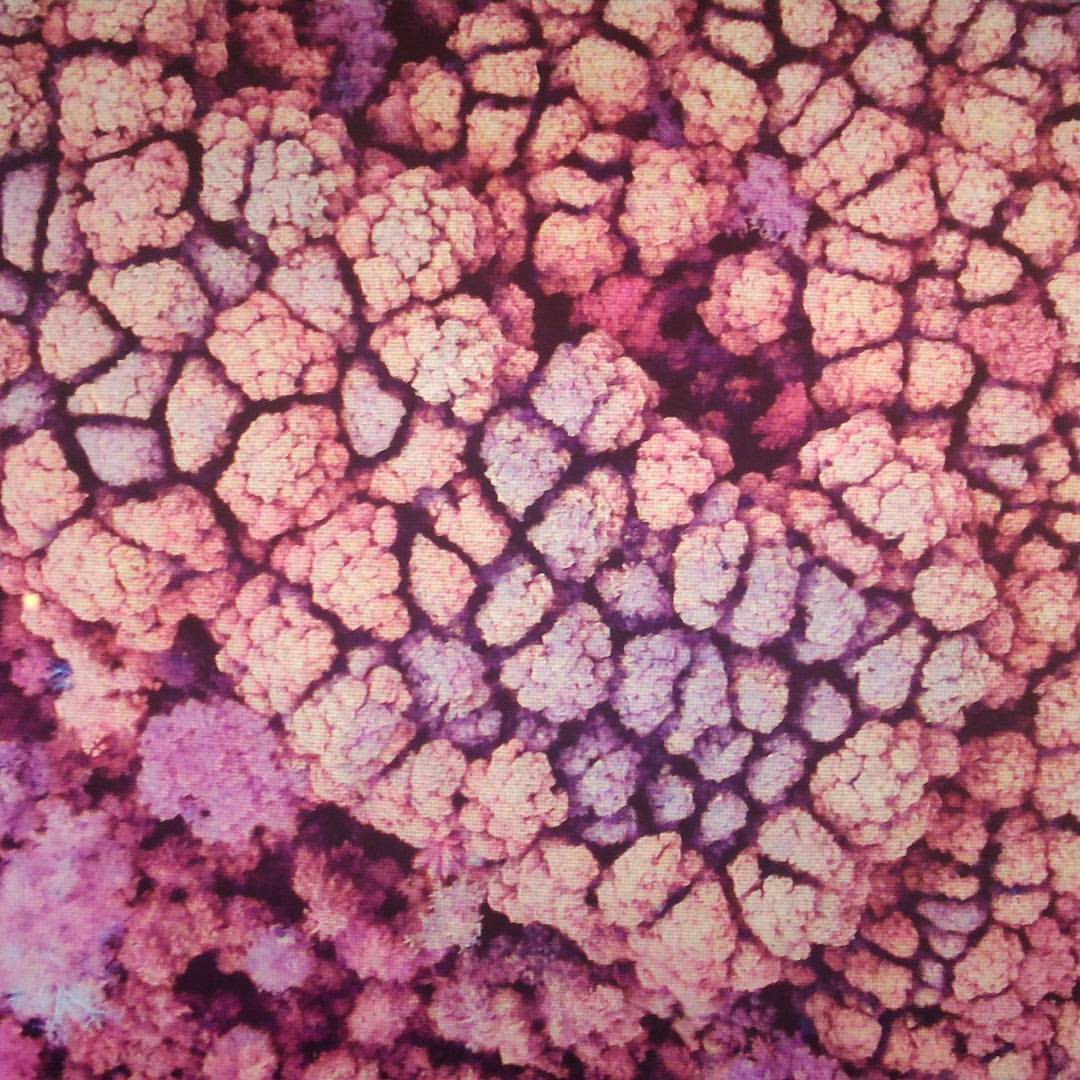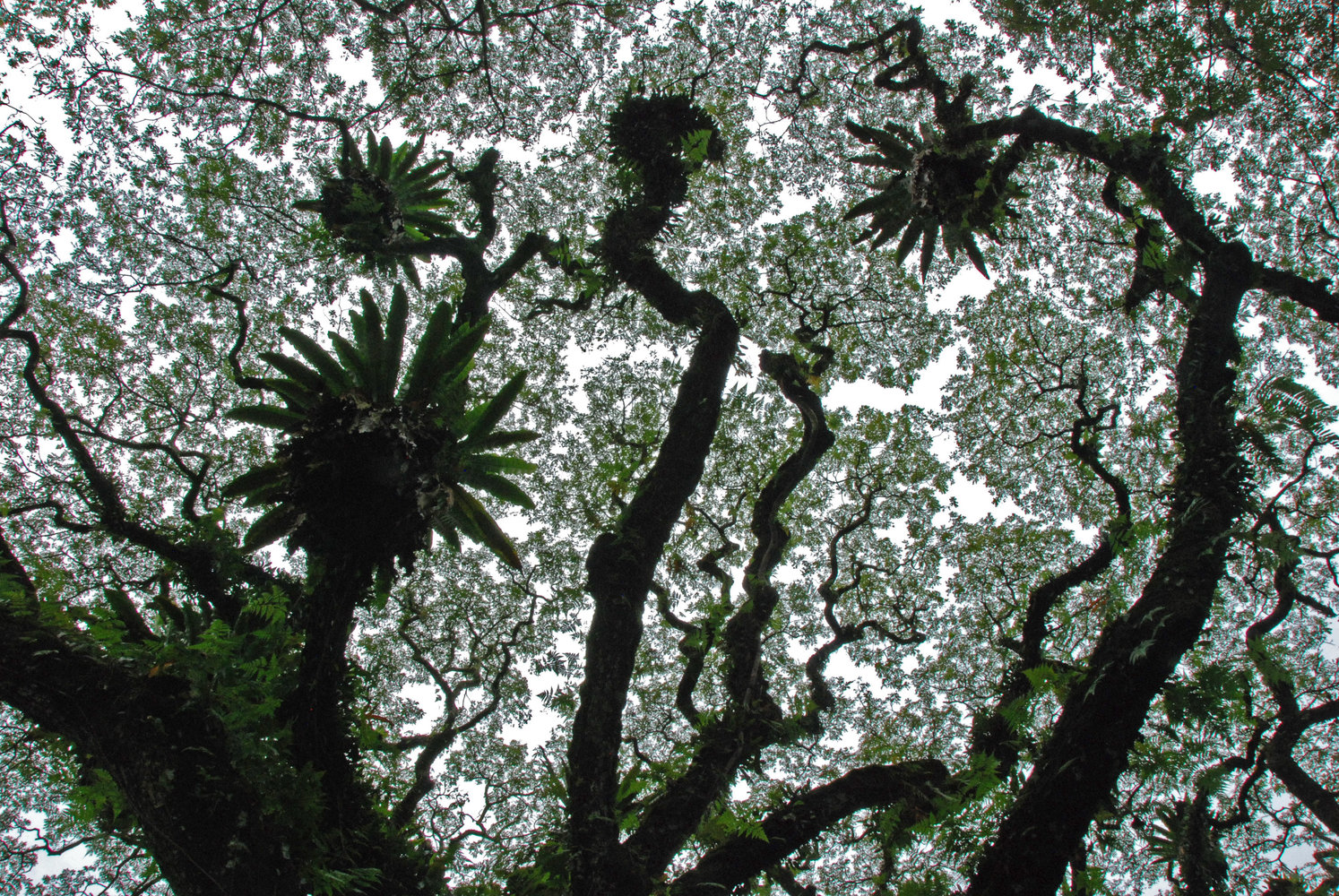NATUREL VS SYNTHÉTIQUE – DE LA PRODUCTION
DES PYRÉTHRINES NATURELLES
A la suite de mon précédent article de
cette série sur les pyréthrines et les pyréthroïdes (https://culturagriculture.blogspot.com.es/2017/04/101-naturel-vs-synthetique-3.html), j’ai reçu une question, le 5 avril, sur la version française « Bonjour,
pour produire des pyréthrines naturelles, il convient de cultiver des fleurs de
pyrèthres. De plus en plus de pyrèthres, puisqu'il y a de plus en plus d'agriculture
biologique. Savez-vous si la culture de ces fleurs de pyrèthres se fait en
agriculture biologique ? »
Ma réponse a été « Je n'ose même pas
penser que des champs de pyrèthre destinés à la fabrication de pesticides bio
puissent être cultivés avec des pesticides de synthèse. Mais, y a-t-il un
contrôle? Je n'en sais rien. »
Mais Wackes Seppi, connu des milieux
agricoles francophones pour son blog (http://seppi.over-blog.com/)
abondamment fourni et critique, me passe un lien en français (https://erwanseznec.wordpress.com/2016/10/12/comment-le-bio-externalise-les-pesticides-conventionnels-chez-les-pauvres-121016/), accompagné du commentaire « Vous allez tomber sur le
cul ! »
Et je suis tombé sur le cul !!!
Erwan Seznec est un journaliste indépendant
français, connu sur ses prises de position critiques, allant souvent à
l’encontre de la bien-pensance sociale et du politiquement correct.
Au mois d’octobre 2016, il publiait sur son
blog l’article suivant, que je reproduis en intégralité, comme d’habitude.
« Comment le bio externalise les pesticides
conventionnels chez les pauvres - 12/10/16
La
marée des articles annonçant la disparition des pesticides dans les jardins
particuliers à l’horizon 2019 a opportunément recouvert deux écueils
conceptuels un peu gênants. Le premier, développé dans l‘enquête sur les pesticides bio parue dans
Que Choisir, est que les pesticides bio, qui resteront autorisés, ne sont pas
tout à fait sans inconvénient. Par ailleurs, ces pesticides bios ne suppriment pas l’emploi de
phytosanitaires conventionnels. Dans le cas de la pyréthrine, ils
l’externalisent en Afrique de l’est et en Papouasie Nouvelle-Guinée.
Les
pyréthrines sont des insecticides produits à partir de fleurs de pyrèthres de
Dalmatie et de chrysanthèmes. On les retrouve dans des dizaines de préparation
homologuées en agriculture biologique.
Les
fleurs en question, bien entendu, doivent être cultivées quelque part. En
l’occurrence, c’est en Tanzanie (60% de la production mondiale), en Papouasie
Nouvelle-Guinée et au Kenya. On apprend dans ce document kenyan qu’il faut
52.000 plants pour obtenir 25kg de poudre. Ici, on découvre que le pyrèthre,
sans surprise, est attaqué par des ravageurs et des champignons.
Et
dans cette étude australienne fort détaillée (1), le lecteur perspicace trouve
confirmation de ce que le bon sens lui suggérait peut-être déjà. Pour traiter
ces cultures non-alimentaires, les Tanzaniens et les Néo-Guinéens n’ont aucune
raison d’utiliser des pesticides bio, plus coûteux. Ils emploient l’arsenal
conventionnel.
«
Dans les cultures de pyrèthre en Afrique de l’est et en Papouasie Nouvelle
Guinée », écrivent les chercheurs australiens et américains, « les fongicides
efficaces contre l’ascochytose du chrysanthème (ray blight, ndlr) comprennent
l’éthylène-bis-dithiocarbamates, le captan, le bénomyl, le chlorothalonil et le
dichloronaphthoquinone ». Par ailleurs, « une panoplie d’autres produits
appartenant au groupe des inhibiteurs de la déméthylation, incluant le
difénoconazole, ont prouvé leur efficacité », à condition de procéder à «
plusieurs applications de ces fongicides ».
Le
difénoconazole est à peu près tout ce que proscrit l’agriculture bio : toxique
pour les mammifères, pour les milieux aquatiques, et persistant avec une
demi-vie de 1600 jours dans certaines conditions. C’est page 5 de l’étude (1).
Dans
les deux ans qui ont suivi les tests d’efficacité, se félicitent les
chercheurs, « 90% des producteurs de pyrèthres en Tanzanie » ont adopté le
programme fongicide. Les auteurs australiens sont de l’université de Tasmanie,
où le pyrèthre est également cultivé. On peut penser qu’ils ont de bonnes
informations sur l’Afrique. MGK, le leader australien du secteur, a des
exploitations en Tanzanie.
En
2010, des chercheurs allemands avaient relevé le paradoxe. Le Kenya produit des
fleurs séchées de pyrèthre, mais « 95% de la pyréthrine brute est exportée vers
des pays développés plus soucieux de l’environnement, où elle est vendue à prix
premium, laissant le Kenya importer des pesticides de synthèse meilleur marché
» (2).
Le
cas kenyan laisse penser que la culture du pyrèthre n’est pas une mince
affaire. De 70% du marché mondial au début des années 2000, sa production est
tombée à moins de 5% dix ans plus tard, pour cause d’irrégularités dans les
rendements. L’agriculture est un métier passionnant mais difficile.
Erwan
Seznec
PS
: les termes techniques ont été traduits à partir du site
http://www.btb.termiumplus.gc.ca. Je remercie par avance les lecteurs qui me
signaleraient des erreurs.
1)
Diseases of Pyrethrum in Tasmania: Challenges and Prospects for Management. http://apsjournals.apsnet.org/doi/pdf/10.1094/PDIS-92-9-1260
2)
« Incidentally, Kenya is the leading producer of a natural pesticide,
pyrethrin, which is a broad-spectrum insecticide made from dried flowers of
pyrethrum (Chrysanthemum cinerariaefolium). However, 95% of the crude pyrethrin
is exported to more environmentally conscious developed countries, where it
earns a premium price, leaving Kenya to import the cheaper toxic synthetic
pesticides ». Potential environmental
impacts of pesticides use in the vegetable sub-sector in Kenya. »
J’ajoute, car ça me parait important, que
le document australien explique aussi, en page 2, que pour une culture de
pyrèthre performante, l’usage des herbicides est nécessaire, ainsi que
l’irrigation intensive par aspersion accompagnée de l’utilisation de
fertilisants. On y apprend enfin que la récolte des fleurs est mécanique.
Tous ces critères sont a priori contraires
à la philosophie de l’agriculture biologique.
Ma surprise fut telle que je décidai de chercher
un peu plus. Et je suis tombé sur un document kenyan, de HighChem Agriculture,
une entreprise de conseil et d’accompagnement des producteurs de pyrèthre, qui
vend aussi les semences et les productions obtenues. Ce document explique les
grandes étapes de la culture (http://www.highchemagriculture.co.ke/en/pyrethrum-farming.php) et on y apprend que le contrôle des ravageurs se fait sur la base de 3
insecticides de synthèse, le carbaryl (un carbamate interdit en Europe depuis
2006), le dioxathion (un organophosphoré interdit en Europe depuis 2002) et, ô
surprise, l’alphacypermethrine, un pyrethroïde de synthèse.
Et tout ça pour produire une pyréthrine
naturelle, autorisée en agriculture biologique ?
Voilà, voilà.
Que doit-on en penser ?
Ce que je vous ai déjà dit à plusieurs
reprises : le bio est avant tout un
marché juteux, pour lequel tout est permis, en particulier de tromper
allègrement le consommateur, mais aussi l’agriculteur (qui, dans ce cas,
achète des pyréthrines naturelles en toute bonne foi, sans savoir qu’il se fait
rouler).
Ce marché est avant tout développé dans les
pays les plus riches (en particulier en Europe), dans lesquels il est de bon
ton, il est même du plus parfait bobo de consommer bio. C’est mieux pour la
planète !
Oui, sauf que, d’une part le bio a beaucoup
de côtés obscurs qui sont systématiquement passés sous silence, et d’autre part
faire du bio en Europe est beaucoup plus
facile si les aspects les plus négatifs sont délocalisés à l’autre bout de la
planète !
On est encore une fois dans le marketing,
dans la communication.
On passe sous silence tous les aspects
non-vendeurs, pour ne pas choquer le consommateur. C’est le même problème avec
les OGM. On n’en produit presque pas en Europe, mais on en importe par bateaux
entiers, produits dans d’autres parties du monde.
Là c’est pareil. Au contraire de ce que
croyais, candide et naïf, les pesticides bio ne sont pas produits selon les
critères incontournables de l’agriculture biologique.
C’est quand même un comble !!!
Ça ne retire rien au mérite des
agriculteurs qui produisent en bio, que ce soit par choix philosophique, ou
économique. Mais ils doivent le faire avec un nombre limité d’alternatives face
aux problèmes phytosanitaires qu’ils rencontreront de toute manière, et qui les
oblige à travailler de manière extrêmement précise car ils ont très peu de
marge d’erreur.
Mais ça démontre juste qu’au bout du
compte, l’agriculture biologique est une
vaste supercherie, qui sert à un certain nombre à s’engraisser sur le dos des
agriculteurs et des consommateurs.
Je vous l’ai déjà dit, je le répète une
fois de plus, et ce ne sera pas la dernière, l’avenir n’est pas à l’agriculture biologique, il est à la Production
Intégrée ou Production Raisonnée (https://culturagriculture.blogspot.com.es/2014/11/32-les-methodes-de-production-4-la.html), ou plus récemment Agroécologie.
Bref, l’usage des pesticides est
indispensable pour une agriculture durable, et une production d’aliments plus
juste et plus écologique.

.jpg)















